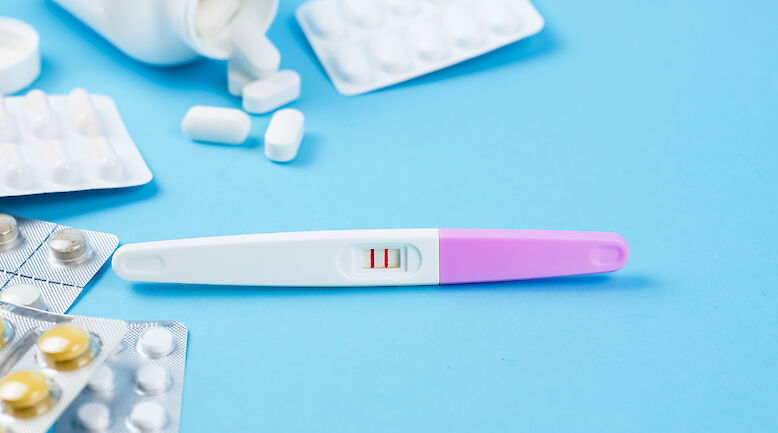English summary: Blood pressure levels and therapeutic balance in FINRISK study areas in 1982-2012

Background
High blood pressure is one of the most important risk factors for cardiovascular disease. In Finland, blood pressure on the population level has been assessed in the National FINRISK Studies since 1972.
Methods
In Finland, population risk factor surveys have been carried out since 1972. Surveys were first organized in North Karelia and Northern Savo, but new survey areas were included later to improve the regional representativeness of the surveys. This paper reports the changes in blood pressure levels, proportion of hypertensive persons in the population and treatment levels between 1982 and 2012. During this period the target age group of the surveys was the same, namely the 25-64-year-old population. In the latest survey in 2012, the sample size of 25-64-year-olds was 7921. The rate of participation in the health examination was 56%. Blood pressure was measured in a sitting position by trained study nurses after at least 5 minutes of rest. Mercury sphygmomanometers were used in measurements. The mean of two measurements was used as blood pressure level. Those who had systolic blood pressures of 140 mmHg or higher, diastolic blood pressures of 90 mmHg or higher or reported regular use of antihypertensive medication were regarded as hypertensives.
Results
Blood pressure levels in Finland decreased remarkably among both men and women up to the beginning of the 21st century. Since then the decrease has slowly levelled off. During the last five years the mean systolic blood pressure still decreased slightly, but the diastolic blood pressure level actually increased. Among men, 48% were hypertensive in 2012. The respective proportion among women was 27%. The proportion of hypertensive persons has declined since 1982, but during the last five years no decline was observed. Treatment and control levels have improved remarkably since 1982. In 2012, blood pressure levels at the treatment goal were observed among 30% of hypertensive men and 36% of hypertensive women.
Conclusions
The decline in blood pressure levels has slowed down or even levelled off. There has been no further decrease in the proportion of hypertensives among the working age population either. On the population level more emphasis needs to be put on decreasing salt and alcohol intake and obesity as well as increasing the level of physical activity. The percentages of hypertensive persons on drug treatment and with optimal treatment levels have increased. However, part of the population with hypertension is still untreated, and among treated hypertensives two out of three still have higher blood pressure levels than recommended.












